Made by the talented hands of Mexican artisans, the Lelé doll (also known as "María," "Lupita," "Queretana," or "Mexican rag doll") is a national icon. If you don't know what we are talking about, she's that cloth doll with a typical outfit, braids, and ribbons on her head, but let's be honest! Who doesn't recognize this craft when they see it?
Precisely because of her characteristic look, the Lelé doll is recognized worldwide since the colors of her clothes represent our country, as well as having a distinct face and being completely handmade.
This charming doll has become a Mexican emblem, so there's no wonder why in Lolo we explore its origin and production! Join us in highlighting the meaning and history of the Lelé doll, an emblematic craft from Queretaro that has gained popularity in recent years.

First Things First: What is a Lelé Doll?
Lelé in Otomí means baby, so the true meaning of this craft is a baby doll. Among its characteristic features are the long braids, with crowns and ties of cheerful colors, as well as its traditional dress, since this represents the clothing of its creators: indigenous artisans of the Otomí, or Hñañu, indigenous group from Mexico.
This cute and colorful little doll was born in the Magic Town of Amealco, a municipality located in Querétaro, by a group of artisans from the communities of Santiago de Mexquititlán and San Ildefonso Tultepec, who have passed this artisan tradition from generation to generation.

Lelé Doll's Beginnings
The origin of Lelé arises from a fusion of pre-Hispanic traditions with Spanish customs. Although currently made of cloth and colored ribbons, it is believed that the first dolls were made with clay, palm, and corn fibers for hair. Tradition has it that these dolls were placed in children's tombs to ward off evil spirits from deceased children. Later, with the arrival of the Spanish, they transformed into a perfect alternative to toys imported from Spain, substituting mainly porcelain dolls that were more expensive and less accessible.
Like this, the Lelé doll has been a traditional toy for girls in Queretaro's indigenous communities, made with love by mothers and grandmothers who, for many generations, learned and taught their children how to make the Queretaro doll with cambaya fabrics, colored ribbons, and black yarn.
How did the Lelé Doll Become the Iconic Mexican Craft it is Today?
Although this was considered a craft within communities, Hñañu (Otomí) artisans started selling them as a traditional Mexican craft. This happened when nearly 10,000 artisans from the communities of Amealco organized themselves into a cooperative, and their effort and work increasingly positioned the Lelé doll. After a few years, the dolls became popularized and their sales increased thanks to the press and social media.
This trade, inherited from generation to generation, is now the livelihood of dozens of families. Its creation is one hundred percent handmade and has become almost a ritual for its creators. Such was the success of the Lelé doll that it was declared Cultural Heritage of Querétaro and Intangible Heritage of Humanity in 2018. It also has its own museum in Amealco De Bonfil, Queretaro (it's birthplace), and an iconic giant Lelé doll has toured the world, appearing in cities like London, China, and even Australia.

As we mentioned, Lelé, the famous Amealco doll, has a 100% handmade manufacturing process, starting with its body made of cloth. Her iconic dress is made with poplin fabric (known as cambaya fabric), lace, yarn, and colorful ribbons. Their clothing reflects each region's Hñañu (Otomí) women, which reflects their traditional dresses.
Here are some details worth noticing in their clothing:
Like its creators, the Lelé doll is dressed in a long-sleeved blouse with colorful woven patterns. The center chest area also depicts traditional motifs and includes a lace detail in the neck area. These blouses sometimes have satin or textured decorations, too. Also, the unmistakable colorful skirts are made in lines with poplin and lace at the bottom too.
We cannot fail to recognize the popular hair arrangement of the dolls. Here, we can appreciate Lelé's distinct two braids with colored ribbons passed through her head. Her face reflects Mexican joy with her big smile that can be embroidered, although fabric applications are more commonly glued on. Lastly, the authentic Lelé always wears her baby diaper; this accessory is essential in her clothing. So make sure you check that she's wearing it because she's a baby!

The figure of this little doll has conquered the hearts of Mexicans and tourists. However, it is important to note that its producers face the great challenge of combating counterfeit Chinese production. For this reason, it is of the utmost importance that, when getting a Lelé, you do so directly with the artisans or in official craft stores.
Since it began to have notoriety, we all want to have a Lelé in our house, especially when we know that they are made by the magical hands of our artisans from Queretaro. Like many other handicrafts, their elaboration takes time since making them can take from one to two days for a small piece and up to six days for the largest ones!
We can all agree that there's no craft like the ones created in Mexico, and the Hñañu (Otomí) Lelé doll is the clearest example of how and why Mexican crafts enchant the world!
---
What do you think? Were you familiar with the Lelé Doll? Do you own or would like to own one? Let us know how you feel about this doll, we always read your comments with love and gratitude!
As always, feel free to explore our mercadito where you can shop authentic Lelé dolls, and other Lelé-inspired wonders. And don’t forget to subscribe to our newsletter where we make sure to share this and many more content of interest and artisanal techniques.

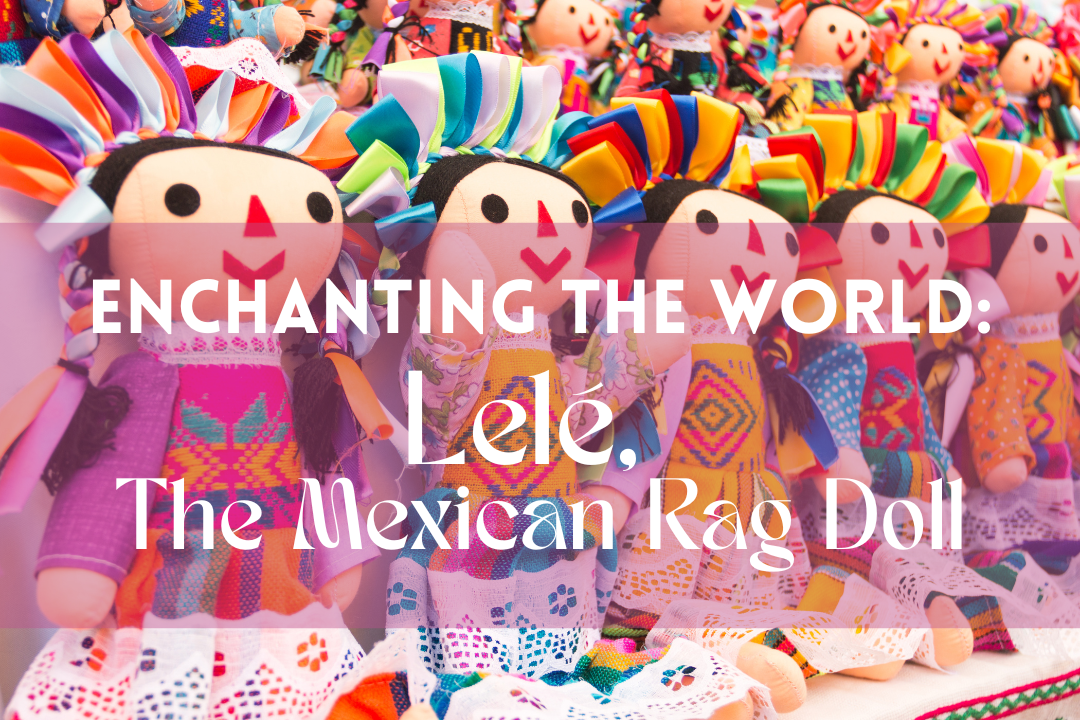
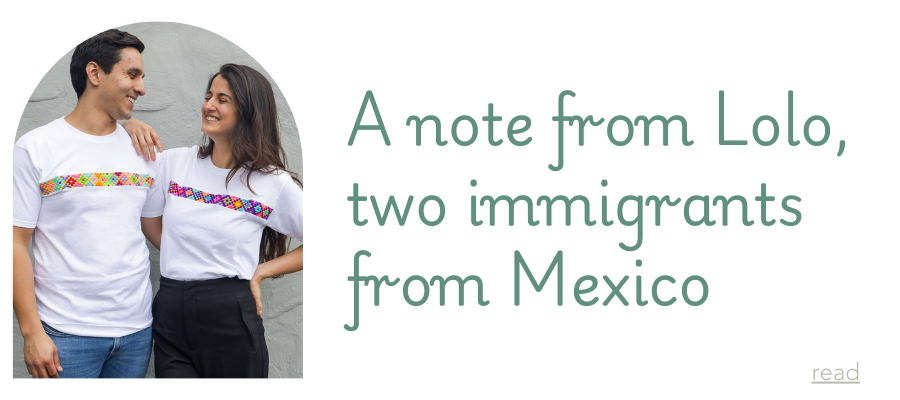
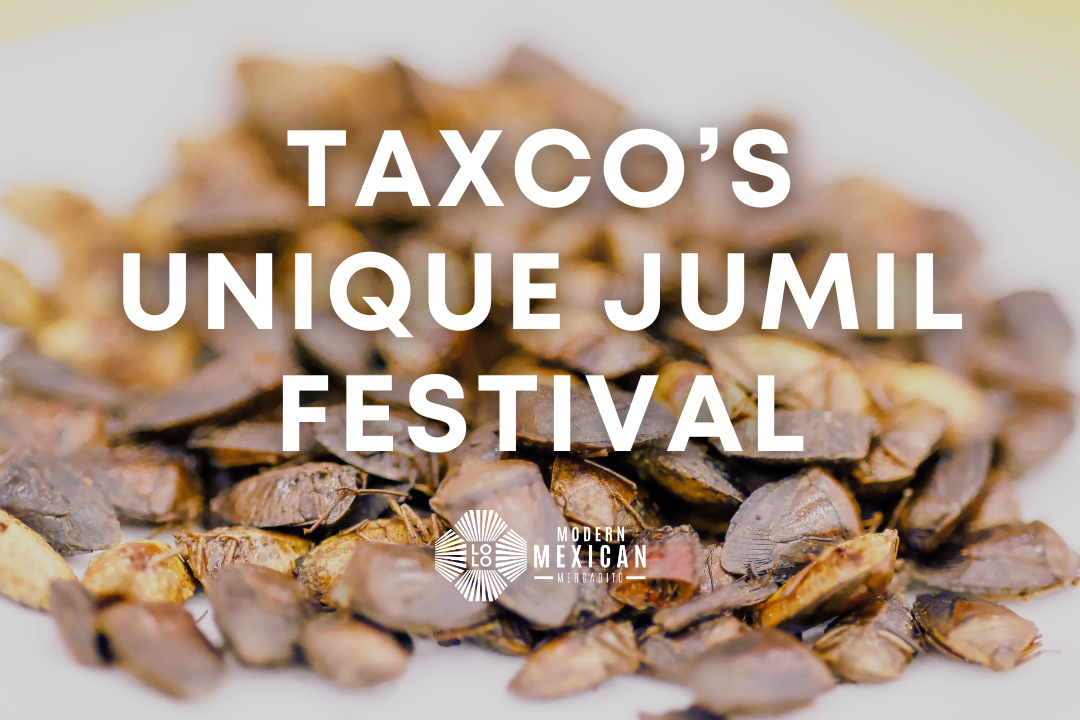
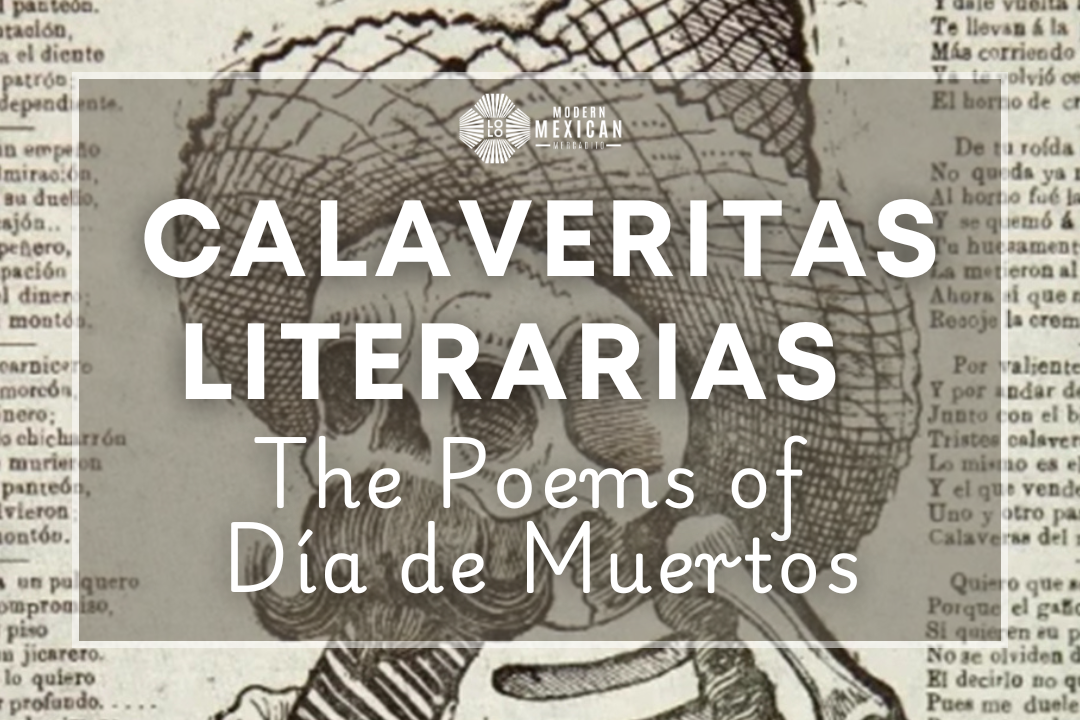
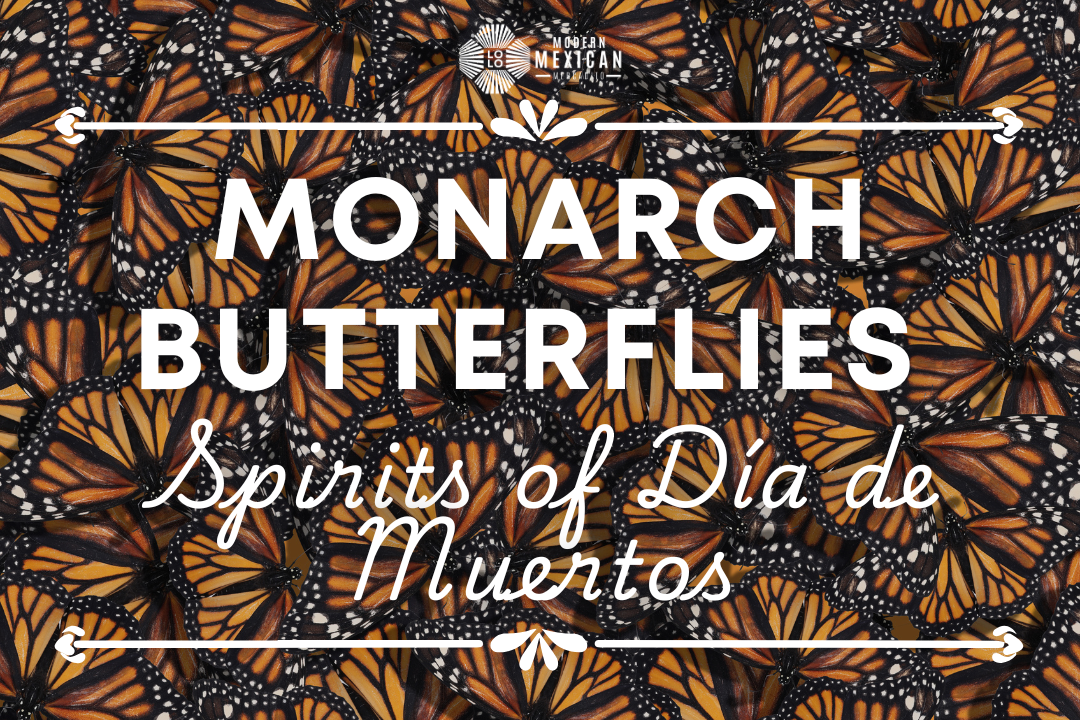
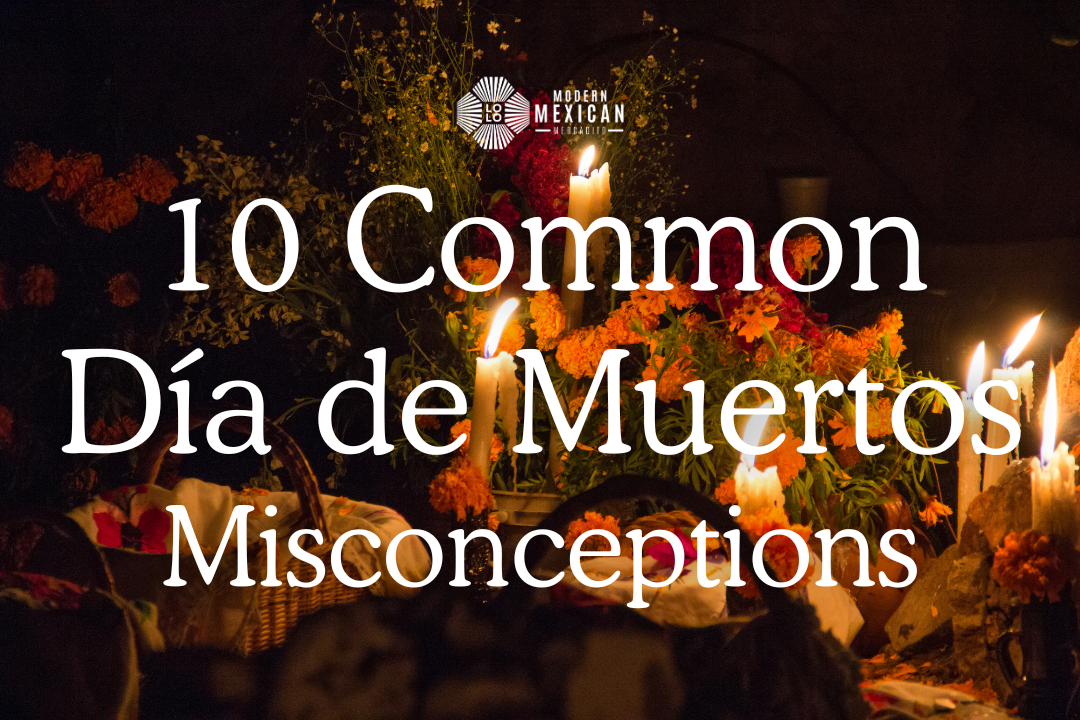
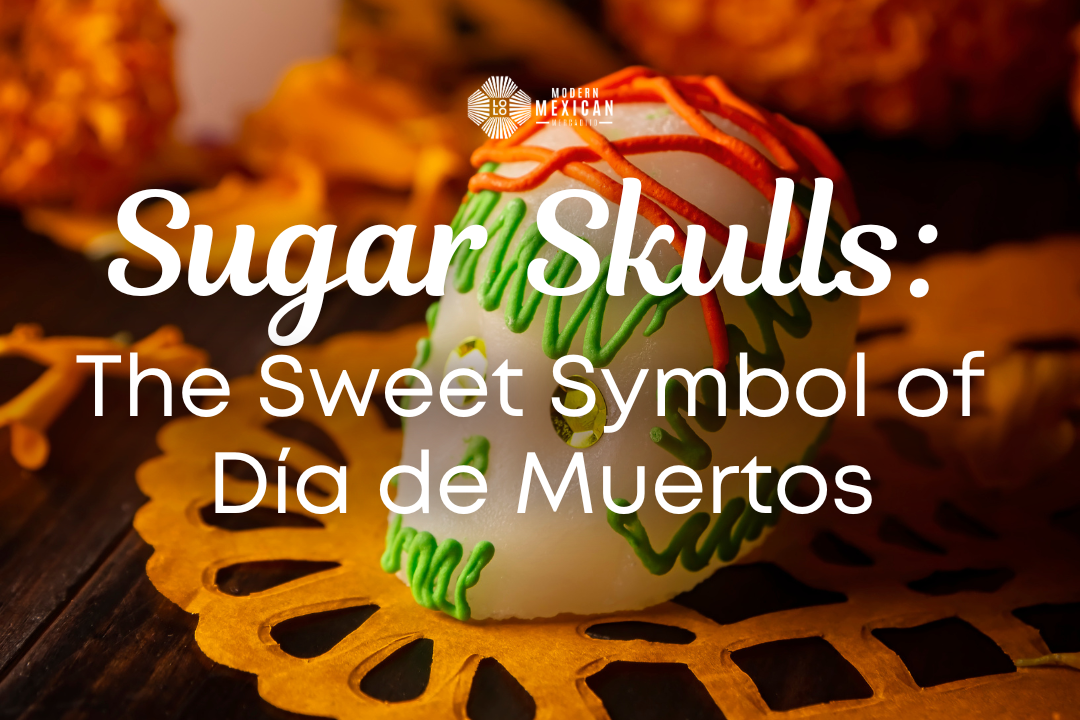

3 comments
Alicia Negrete
I own many Lele’s some I have for gifts. The 2 main ones that I have are on my dresser. One big Lele, bright yellows and colorful and a beautiful medium pink one. They have a special meaning to me and my 5 sister’s in which my dad would his daughters Lelé’s. I never knew the meaning, baby in Otomí until I was much older. ❤️. I just made a Lele skirt and top with headband and long braids that I can’t wait to use someday. Thank you for this post, I enjoy reading it. My grandpa talk a little about Lele doll when I was a child. Now I can read about her over and over and tell my siblings more about Lele dolls. Thx
Tim Myers
On my drive to California from Playa La Saladita where I live most of the year I passed through my favorite colonial town Patzcuaro and picked up a very handsome Ponchito Lele doll. He is absolutely delightful! How is he related to the young girl? He will be a xmas gift for my 3 year old grand nephew.
Shirley
I have one that was given to me by friends that live in Querétaro.